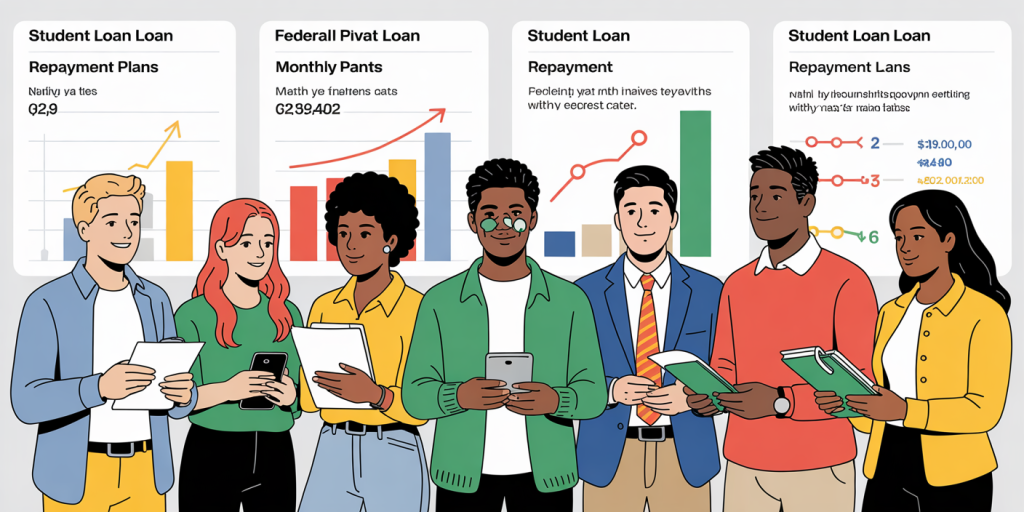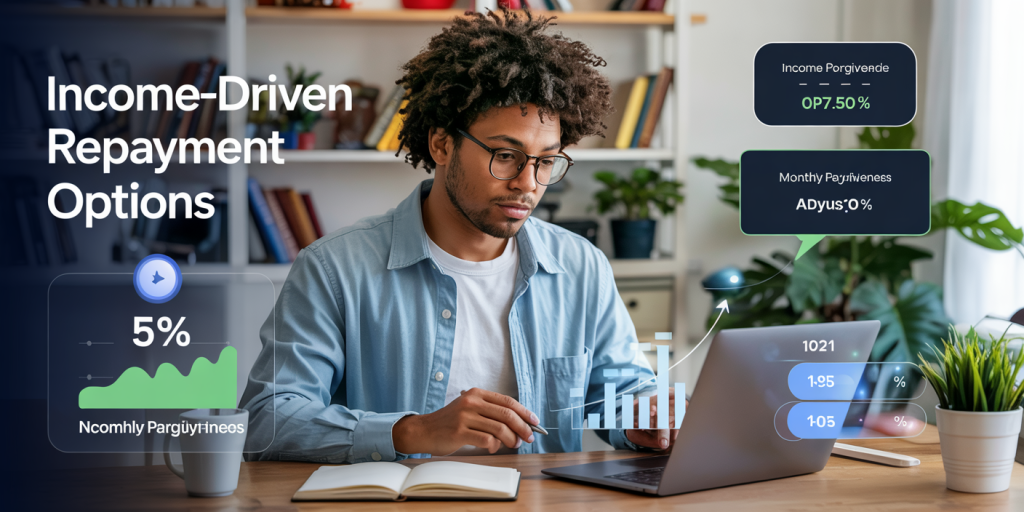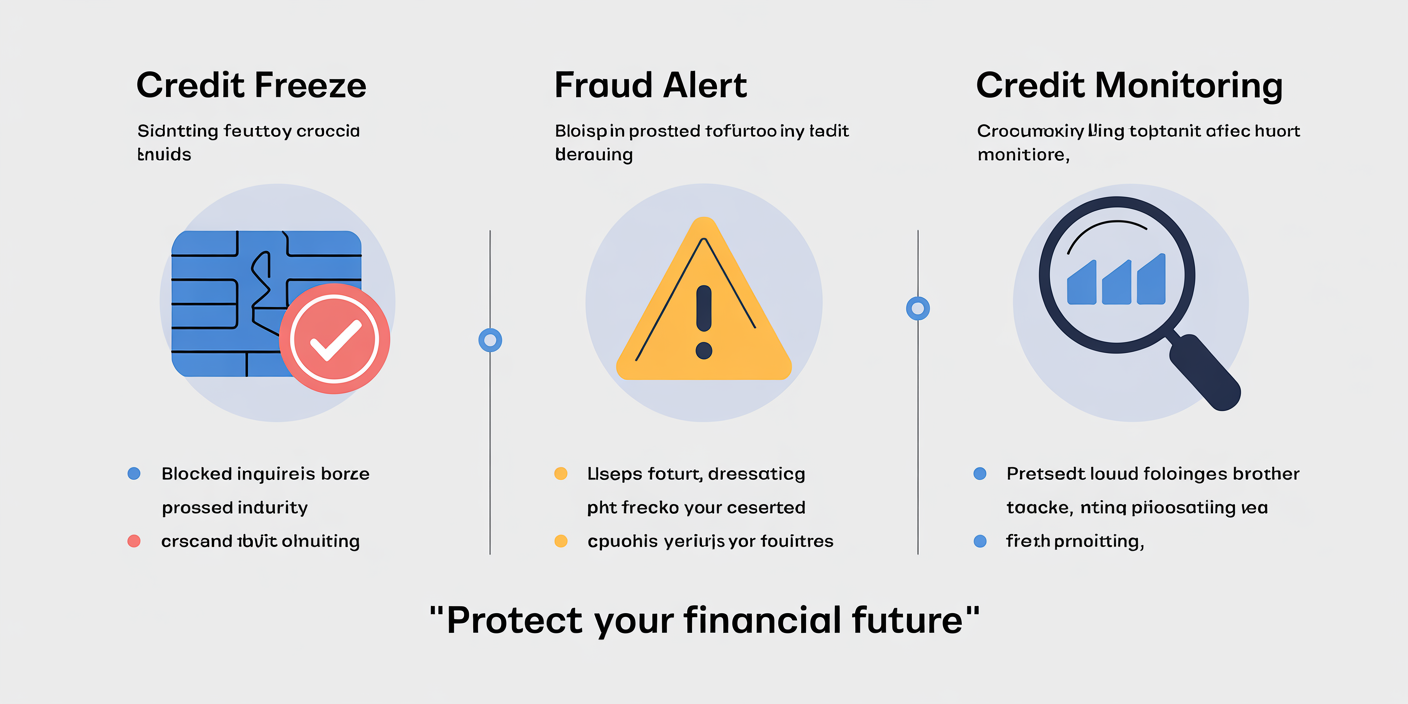Student Loans in America: Repayment Strategies You Need to Know
Anúncios
Student loans are an essential part of financing higher education for millions of Americans. According to the Federal Reserve, outstanding student loan debt surpassed $1.75 trillion in 2023, affecting over 45 million borrowers nationwide. As the cost of college continues to rise, understanding effective repayment strategies is crucial for managing and ultimately eliminating this debt. This article explores practical approaches, backed by data and real-life cases, to guide borrowers through their student loan repayment journey.
Understanding the Student Loan Landscape
Before diving into repayment strategies, it’s important to grasp the types of student loans available and the scale of the debt problem. Broadly, student loans fall into two categories: federal student loans and private student loans. Federal loans, backed by the government, offer more flexible repayment options, including income-driven plans and forgiveness programs. Private loans, provided by banks or credit unions, tend to have fewer flexible options and generally higher interest rates.
Anúncios

Data from the U.S. Department of Education indicates that over 90% of student loans are federal. However, for many borrowers, the challenge is not just the loan type but the mounting balance. The average student loan debt for Class of 2023 graduates stood at approximately $37,000, according to the National Center for Education Statistics. Without a well-structured repayment plan, this debt can become overwhelming within a few years after graduation.
Standard Repayment Plan: The Baseline Strategy
Anúncios
The Standard Repayment Plan is the default repayment option for most federal student loans. It requires fixed monthly payments over a 10-year term, designed to fully repay the loan within that timeframe. This plan offers predictability and usually the lowest total interest paid due to the shorter repayment period.
For example, consider Julie, a 25-year-old borrower with $30,000 in federal student loans at a 5% interest rate. On the standard plan, her monthly payment would be about $318, and she’d pay roughly $8,000 in interest over 10 years. While manageable for many, this plan may be challenging for borrowers with lower incomes or inconsistent cash flow.
In contrast to the standard plan, alternative options aim to improve affordability through income-adjusted payments or longer terms. Choosing the right plan depends on the borrower’s financial situation and goals. Tables below detail key differences between the most common federal repayment plans.
| Repayment Plan | Duration | Monthly Payment Basis | Total Interest Typically Paid | Eligibility |
|---|---|---|---|---|
| Standard | 10 years | Fixed | Lowest | All federal loan borrowers |
| Graduated | 10 years | Starts low, increases every 2 yrs | Moderate | All federal loan borrowers |
| Extended | Up to 25 years | Fixed or graduated | Higher than standard | Loans > $30,000 |
| Income-Driven (e.g., REPAYE) | 20-25 years | Percentage of discretionary income | Varies (may result in forgiveness) | Federal loans, income criteria |
Income-Driven Repayment Plans: Flexibility for Borrowers
Income-Driven Repayment (IDR) plans are designed to align payments with the borrower’s income and family size, which can relieve financial strain, particularly in the early career stages or during economic hardships. The most common IDR plans include Income-Based Repayment (IBR), Pay As You Earn (PAYE), Revised Pay As You Earn (REPAYE), and Income-Contingent Repayment (ICR).
Take the case of Derek, a recent law school graduate with $120,000 in debt and an entry-level public interest law job earning $50,000 annually. Using REPAYE, Derek’s payments are capped at 10% of his discretionary income, reducing his monthly payments to around $300 compared to over $1,200 under the standard plan. This gives Derek breathing room while allowing him to qualify for potential loan forgiveness after 20 years.
While IDR plans reduce monthly payments, they often extend the repayment period, increasing the total interest paid if no forgiveness occurs at the end. Borrowers must also annually recertify their income to maintain eligibility, which requires diligence.
Refinancing and Consolidation: Streamlining Your Debt
For many borrowers with multiple student loans, refinancing and consolidation can simplify management and possibly reduce interest rates. Federal loan consolidation combines several federal loans into one, typically with a fixed interest rate that is a weighted average of the underlying loans, rounded up to the nearest one-eighth of a percent. This can be beneficial for managing payments but may eliminate access to certain federal benefits like IDR plans and forgiveness programs.
Private refinancing, on the other hand, involves obtaining a new loan from a private lender to pay off existing student loans. This option may lead to lower interest rates, especially for borrowers with strong credit and stable income. However, refinancing federal loans with a private lender means losing federal protections and benefits.
Let’s analyze Sarah’s scenario: she has two federal loans with different interest rates—5.5% and 6.8%—and monthly payments totaling $700. By refinancing privately at a 4.25% interest rate, Sarah reduces her monthly payment to $600 and shortens her repayment term from 20 to 15 years, saving thousands on interest over time. However, Sarah must weigh this benefit against the loss of eligibility for public service loan forgiveness (PSLF), as she plans to work for a non-profit organization.
| Option | Interest Rate | Monthly Payment | Loan Term | Federal Benefits Access |
|---|---|---|---|---|
| Federal Standard Loan | 5.5% / 6.8% | $700 | 20 years | Yes |
| Private Refinance | 4.25% | $600 | 15 years | No |
Public Service Loan Forgiveness: A Valuable Opportunity
Public Service Loan Forgiveness (PSLF) is one of the most significant federal programs aiming to alleviate student loan burdens for those employed in qualifying public service jobs. Borrowers making 120 qualifying monthly payments while working full-time for a government or non-profit organization may have the remaining balance forgiven tax-free.

In practice, PSLF has helped thousands manage seemingly insurmountable debt. For instance, Maria, a public school teacher with $85,000 federal student loans, uses an IDR plan and works full-time for her district. After 10 years of qualifying payments, Maria had $40,000 of her balance forgiven in 2023. This equated to substantial financial relief and allowed her to focus more on career goals instead of debt repayment stress.
However, PSLF applicants must carefully track qualifying payments and employment, as not all loans or jobs qualify. Reporting errors are common, and the program’s complex requirements mean that borrowers must be proactive to ensure eligibility.
Strategies to Avoid Default and Enhance Credit Health
Defaulting on student loans has severe consequences, including wage garnishment, tax refund seizures, and long-term credit damage. The U.S. Department of Education reports that 20% of federal student loans enter default within three years of repayment for some cohorts. Avoiding default is crucial to maintaining financial health.
An effective tactic borrowers use is to contact loan servicers immediately if struggling to pay. Many servicers offer deferment or forbearance, temporarily suspending payments without default. Although interest may still accrue, this short-term relief prevents the cycle of missed payments.
Another strategy involves making extra payments when possible. Even small additional amounts targeted toward the principal can reduce overall interest and shorten repayment periods. For example, Alex, a software engineer, added an extra $50 monthly to his 6% loan for three years, cutting five years off his 20-year plan and saving over $7,000 in interest.
Maintaining good communication with lenders and budgeting for debt payments alongside usual expenses supports credit scores and overall financial wellness.
Trends and Future Perspectives in Student Loan Repayment
Student loan repayment in America is expected to evolve significantly in the coming years, influenced by policy developments, economic factors, and technological innovation in financial services.
Recent federal initiatives, such as income-driven payment simplifications introduced in 2024, aim to make IDR plans easier to understand and access. Furthermore, the Biden administration’s proposals to expand forgiveness programs and limit student loan interest rates may bring much-needed relief to millions.
Private market lenders are also enhancing refinancing options with AI-driven personalized offers, making it easier for borrowers to find competitive rates tailored to their credit profiles. Digital tools for tracking payments and eligibility for forgiveness programs are becoming more sophisticated, reducing administrative burdens on borrowers.
Yet, challenges remain. Rising tuition costs and inflation could increase future student borrowing, potentially complicating repayment landscapes. Economists suggest more targeted financial literacy programs and employer-based loan repayment assistance may become important components of the repayment ecosystem.
Borrowers are advised to stay informed about policy changes and utilize emerging technological tools to optimize their repayment strategies in this dynamic environment.
Navigating student loan repayment in America requires a clear understanding of available plans, proactive financial management, and awareness of evolving options. Whether opting for a standard repayment plan, leveraging income-driven options, refinancing prudently, or pursuing loan forgiveness, informed decisions can significantly ease the burden of student debt. Armed with practical strategies and an eye toward future developments, borrowers can confidently chart a course toward financial freedom.




Post Comment